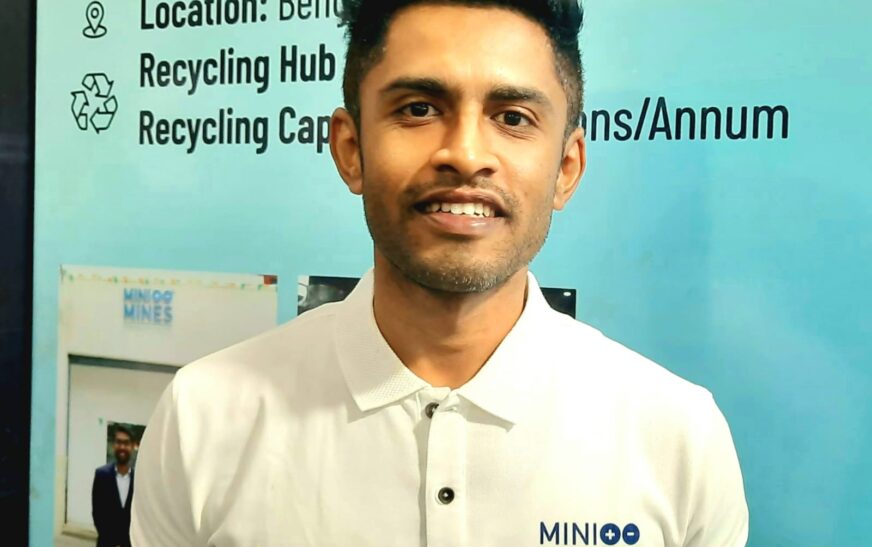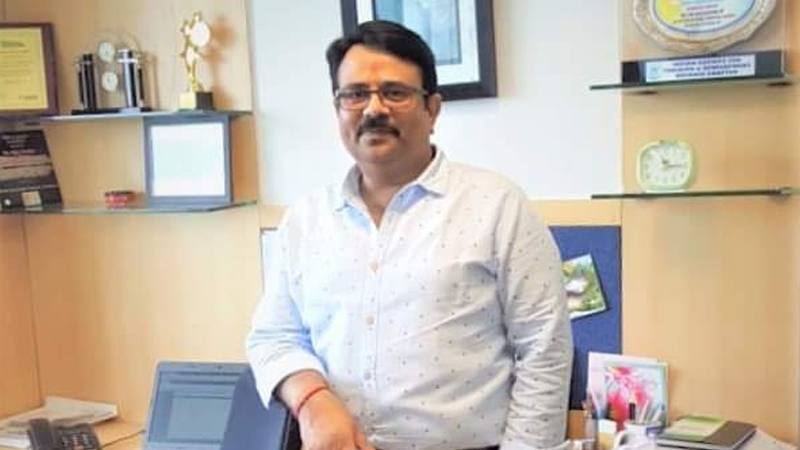MiniMines doesn’t just believe in innovation and cleantech—it leads with it. Climate change is a global crisis demanding immediate action, and MiniMines is tackling it head-on with bold, proprietary cleantech solutions that not only confront the challenge but also earn carbon credits along the way.
The company’s vision is simple but powerful: a future where climate change is no longer a looming threat, but a challenge that can be managed. And to get there, MiniMines continues to push the boundaries of sustainable technology in the cleantech and energy sectors. Its mission? To deliver cleantech solutions that make a measurable impact on the fight against climate change.
Focused on creating sustainable, cost-effective processes, MiniMines is transforming the way we extract valuable resources. At the same time, it’s drastically reducing carbon footprints, setting the stage for a cleaner, greener tomorrow.
By doing what it does best, MiniMines is accelerating a world fueled by renewable energy, driven by cleantech innovation, powered by electric transportation, built with sustainable materials, and rooted in a thriving circular economy.
In an exclusive conversation with The Interview World, Manish Rathi, VP of Business Operations and Partnerships at MiniMines, dives deep into the company’s cutting-edge approach to extracting rare elements from batteries. He also reveals key customer profiles, shares insights into the plant’s impressive recycling capacity, and outlines his long-term vision for a more sustainable future. Here’s what he had to say.
Q: Can you elaborate on how MiniMines is leading innovations in cleantech, particularly in the extraction of rare elements from end-of-life batteries?
A: MiniMines, a powerhouse in lithium-ion battery recycling based in southern India, has developed a game-changing, patented hybrid hydrometallurgy process that extracts critical minerals—lithium, nickel, and cobalt—from end-of-life batteries and production scrap. These include lithium-ion batteries from electric vehicles, portable electronics like laptops and phones, and large-scale energy storage systems. As these batteries hit the end of their useful life, safe disposal becomes crucial, given their classification as hazardous waste.
This need for safe disposal is not just an environmental imperative—it’s an economic one. Lithium, nickel, and cobalt are rare, critical minerals, and the Indian government, in its most recent budget, has prioritized keeping these valuable materials within the country. In line with the Atmanirbhar Bharat (self-reliant India) vision, the government aims to create a closed-loop economy where these minerals stay in India’s industrial ecosystem, fueling domestic growth rather than being shipped out. The goal is a more resilient economy, less dependent on external sources.
MiniMines is at the heart of this mission. Its cutting-edge process not only recovers lithium, nickel, and cobalt from used batteries but brings them back into the market as lithium carbonate, nickel oxides, nickel salts (like nickel sulfate and nickel carbonate), cobalt sulfate, and cobalt oxides. These reclaimed materials aren’t just recycled—they’re reimagined, fueling industries from pharmaceuticals to glass manufacturing, electric vehicles, and battery production.
MiniMines isn’t just a recycler—it’s a key player in building a sustainable, self-reliant future for India.
Q: Who are the primary end customers for your e-waste recycling services, and what industries benefit most from your solutions?
A: Before our materials reach the end customer, we first source batteries from lithium-ion producers, electric vehicle manufacturers, distributors, and finance partners. From there, we supply the recovered minerals to chemical manufacturers, cell producers, paint makers, and more—creating a seamless, closed-loop system that keeps valuable resources in circulation and maximizes their impact across industries.
Q: Could you break down the cost-benefit equation of recycling batteries—how does it stack up economically and environmentally?
A: This process delivers both cost and significant social benefits—with the social impact driving the cost-benefit equation. Chemical manufacturing is, by nature, a heavy capital expenditure business. It demands significant investment in land, space, and the development of large-scale continuous process plants, all requiring a massive labor force.
Because of its capital-intensive nature, we operate in a commodity-driven market, often tied to global exchanges like the London Metal Exchange. And that’s where we control the game.
By feeding recovered minerals back into the market, we close the supply-demand gap. This makes critical mineral applications—like electric vehicles—not only more accessible to the masses but also reduces the carbon footprint. It’s a win for affordability, sustainability, and the planet. All while driving toward the bigger vision: a thriving circular economy and a more sustainable future.
Q: Can you share insights on the capacity of your recycling plant and how it aligns with current industry demands?
A: Our facility boasts a 3,000 metric ton installed capacity, strategically located in Bangalore’s Doddaballapur area, just minutes from the airport. We’re not stopping there—currently, we’re expanding to ramp up our hydrometallurgy operations on a larger scale, positioning ourselves for even greater impact and output.
Q: Could you provide an overview of the current battery recycling market and the key trends shaping its future?
A: Recycling is poised to lead the market, especially as we witness the rapid evolution of electric vehicle batteries today. Fast forward five years, and we can expect a similar transformation in the battery recycling industry. With the average lifespan of a vehicle or battery hovering around five years, a significant number of batteries will soon return from the field. This surge will likely elevate the industry’s valuation to at least one billion dollars, if not more, setting the stage for a thriving, sustainable future.
Q: Where do you envision your organization heading in the next five to ten years, and what milestones are you aiming to achieve?
A: We are poised to scale our business and capture market growth through strategic partnerships with key customers. Our confidence is amplified by the backing of prestigious organizations like Oil India Limited, Niti Aayog, UNIDO, and other United Nations bodies. Their validation of our processes and technology not only reinforces our credibility but also empowers us to deliver innovative solutions and services to the market with unwavering strength.









